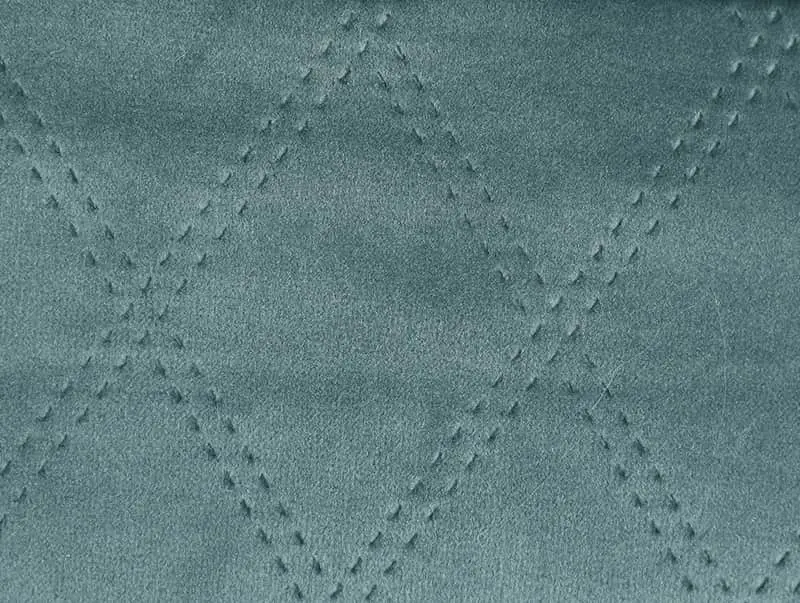The color and dyeing process of sofa velvet upholstery fabric significantly influence its light reflection and visual appeal. Here’s how these factors come into play:
1. Light Reflection and Sheen
Color Saturation: Velvet’s pile structure and how it interacts with light can vary based on the color. Deep, rich colors like emerald green or royal blue often absorb light, creating a dramatic, sophisticated look. Lighter colors like pastels reflect more light, which can make the fabric appear brighter and more airy.
Sheen Variation: The direction of the velvet pile affects how light reflects off the fabric. High-sheen colors can give the velvet a glossy appearance, enhancing its luxurious feel. Conversely, matte finishes result in a more subdued, elegant look.
2. Dyeing Techniques
Piece Dyeing: This involves dyeing the entire fabric after it has been woven. It ensures that the color is consistent throughout but can sometimes result in a slightly less vibrant appearance compared to other methods.
Solution Dyeing: This technique dyes the fibers before they are woven into fabric, resulting in deeper, more vibrant colors that are often more resistant to fading.
Print Dyeing: Used for creating patterns or designs, print dyeing can add intricate details to velvet, affecting how light interacts with different parts of the fabric and creating visual interest.
3. Color Depth and Texture
Shading and Depth: Velvet fabric can create a play of light and shadow due to its pile. Colors can appear darker or lighter depending on the angle of the light and the direction of the pile. This effect, known as “color depth,” adds complexity and richness to the visual appeal.
Variegation: Some velvet fabrics are dyed with gradient or ombré techniques that blend colors from light to dark. This variation can enhance the fabric’s texture and create a dynamic visual effect.

4. Color Fastness and Durability
Lightfastness: The dyeing process affects how well the color holds up under exposure to light. Higher-quality dyes and finishes improve colorfastness, reducing fading over time and ensuring that the fabric maintains its visual appeal.
Wear and Tear: Colors that are deeply embedded into the fibers (such as those achieved through solution dyeing) are less likely to show signs of wear and fading compared to those dyed after weaving.
5. Visual Appeal and Ambiance
Creating Atmosphere: The color of velvet can set the tone for a room. Dark, rich colors can create a cozy, intimate ambiance, while lighter shades can make a space feel more open and fresh. The interplay of light and color on velvet upholstery adds to the room’s overall aesthetic appeal.
Highlighting Details: The way light interacts with the velvet’s texture can highlight or soften the appearance of furniture details, like tufting or seams, enhancing the overall design of the sofa.
The color and dyeing process of sofa velvet upholstery fabric have a profound impact on its light reflection and visual appeal. From how colors absorb and reflect light to the vibrancy and durability of the dye, these factors collectively contribute to the fabric's luxurious and sophisticated appearance.











